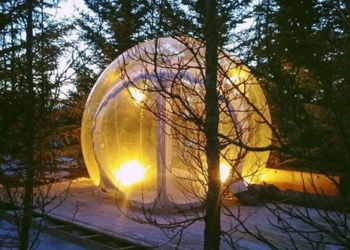While Beijing is famous for its Siheyuan, there is a unique architectural site in the Henan province of northern China known as “Dikangyuan” – meaning a house located in an underground pit.
For over 4,000 years, the residents here have lived inside compact homes built into the ground, with only a courtyard serving as a skylight to let in natural light. This is why visitors often say that when they arrive in this village, they “only hear sounds but do not see people.”
The 4,000-year-old ancient village featuring this peculiar architecture is located in Sanmenxia City, Henan Province, and it never fails to amaze both domestic and international tourists. Many describe this village as “invisible” because when they step foot here, they only hear sounds, see trees, but do not see houses.
Underground lies a dense network of thousands of different homes. According to historical records, this type of dwelling is known as Yaodong, which has existed for millennia beneath the earth in this populous nation. In fact, many of these homes have been inhabited by families spanning six generations.
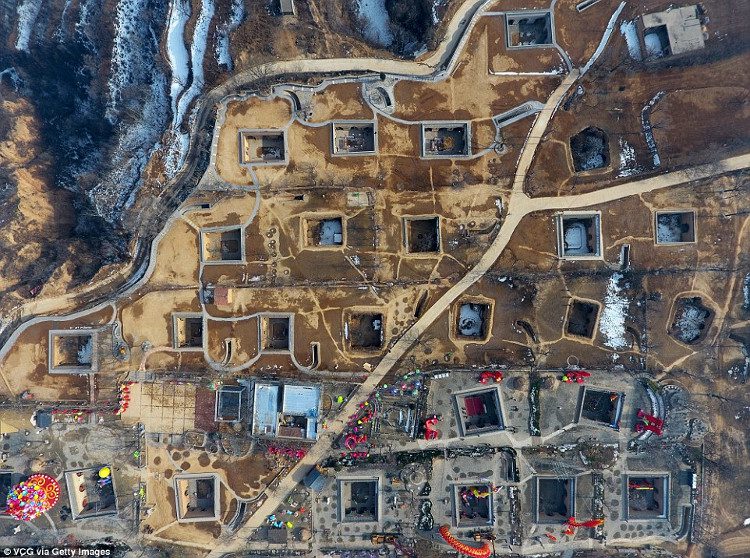
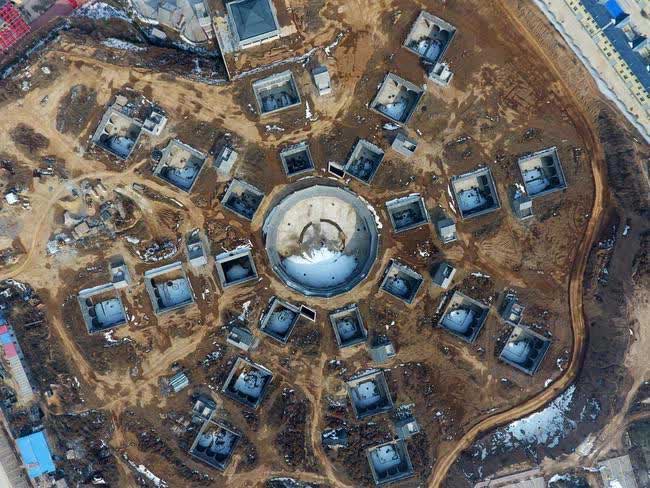
For over 4,000 years, residents have lived underground.
The locals developed this unique housing concept to withstand the extreme heat of summer and the bone-chilling cold of winter. Temperatures inside these homes can reach over 10 degrees Celsius in winter and 20 degrees Celsius in summer, helping residents escape the harsh weather. Additionally, these structures provide benefits such as reduced earthquake damage and sound insulation.
Typically, these special homes are square or rectangular, with sides measuring 10-12 meters, situated deep underground. According to Chinese media, Henan Province once had nearly 10,000 underground homes. Currently, about 3,000 people still live in these unique structures, while others have moved into modern houses. In 2011, the Chinese government designated these unique homes as a form of intangible cultural heritage, and they are now being preserved.
Records indicate that the origins of Yaodong may date back to the Bronze Age, when people lived in deep cave homes, and they became widely popular during the Ming and Qing dynasties. Today, this housing style has been modernized with various electronic devices and necessary amenities, making it resemble any above-ground house. Daily activities are encapsulated within the home. Notably, the drainage system is also cleverly designed to ensure that water drains away without causing flooding.
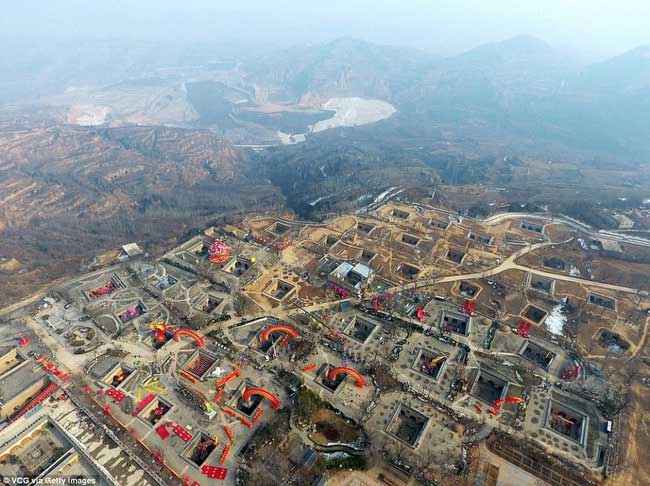
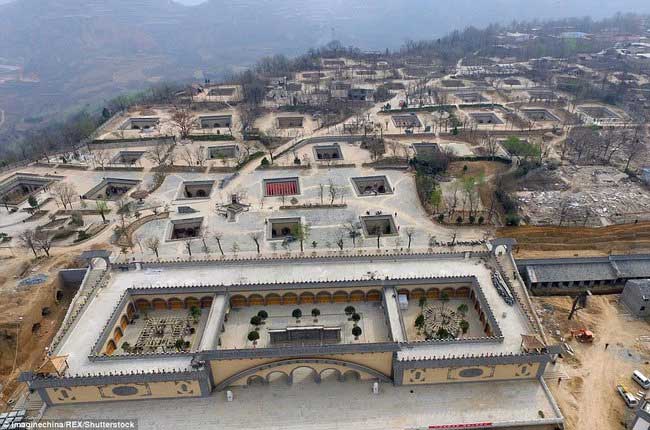
These special homes are square or rectangular, located deep underground.
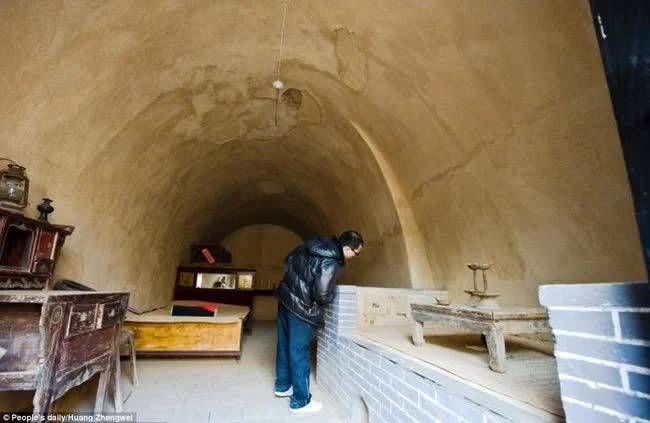
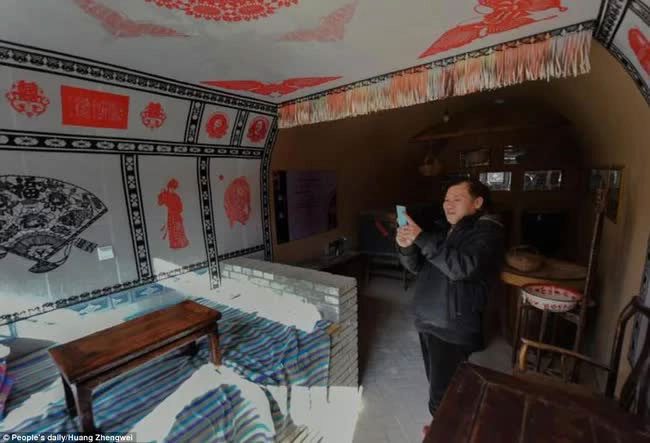
According to Sohu, it takes residents 2-3 years to complete a home approximately 6-7 meters below ground. However, once a home is “built,” subsequent generations of the family can live there for hundreds of years. Currently, most of those who still inhabit these homes are elderly individuals and those unable to build or purchase modern above-ground houses. Consequently, these homes are gradually being abandoned and falling into disrepair.
By 2011, local authorities introduced policies aimed at preserving this ancient village and attempting to transform it into a popular tourist destination. These unique homes are also available for rent at relatively low costs, although purchasing an entire house can require a considerable amount of money.

The entire house has a square garden in the middle to receive light.
Although they may appear outdated and not fully equipped with modern amenities, according to Dailymail, a basic one-bedroom house without plumbing can be rented for about 21 British pounds (over 600,000 VND) per month. Meanwhile, a fully equipped house with three bedrooms and a bathroom may be sold for approximately 32,000 British pounds (over 900 million VND).
Today, as life progresses, these homes have also been renovated, equipped with electrical systems and other amenities. Thus, many residents still feel comfortable living in their underground dwellings. Some families, spanning six generations, have lived here for over 200 years and have no intention of leaving.









































